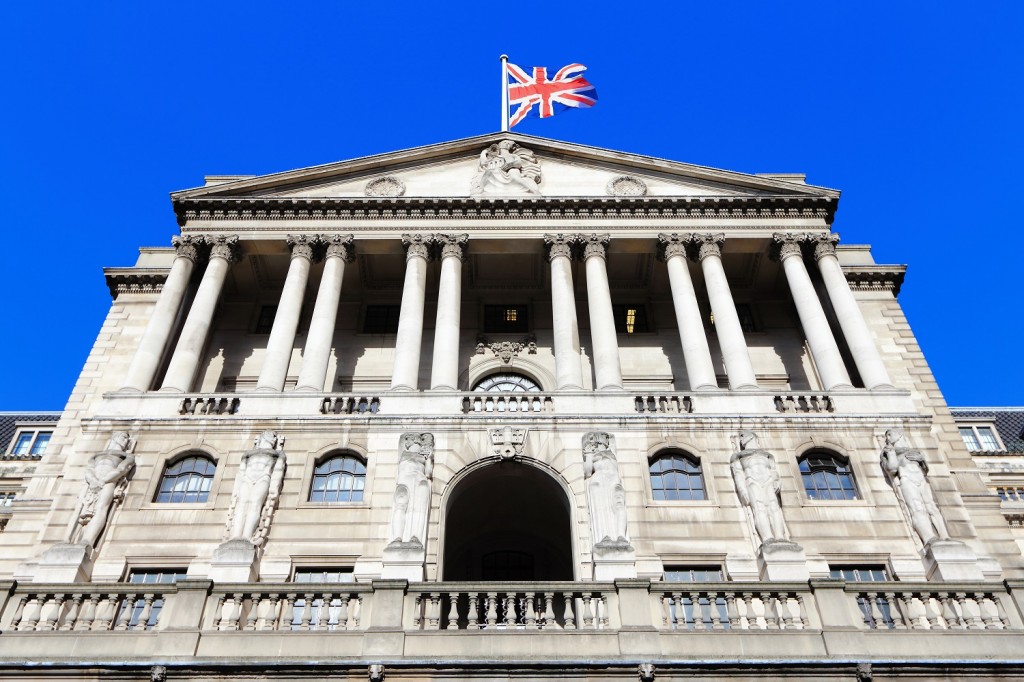
Newcastle for Intermediaries has raised the maximum loan-to-value for new build flats, while Funding 365 lifts the maximum LTV for its light refurbishment bridging loan.
The broker-only arm of Newcastle Building Society has increased the maximum LTV for new build flats to 90% from 80%.
It says: “The decision will provide further support for the housebuilding sector by broadening access to the new build home market for younger aspiring homeowners and those borrowers with smaller deposits.”
Newcastle Building Society head of intermediary mortgages Franco Di Pietro, says: “By raising our LTV on new build flats to 90% and having already extended up to 95% on new build houses earlier this year, we’re reducing the deposit barrier that many borrowers face, while broadening access to the modern, energy-efficient homes our borrowers want.”
Meanwhile, Funding 365 has lifted its higher maximum gross LTV for its light refurbishment product to 85% from 75%.
The specialist lender says this loan can fund up to 100% of the cost of works, in arrears, to a maximum of 80% net loan to cost.
Build costs can be up to 40% of the open market value to a maximum of 75% gross loan to gross development value.
LTVs for the first charge, unregulated product are calculated using the lower of the open market value or the purchase price.
For qualifying projects at 85% gross LTV, the loan ranges between £100,000 and £1m for up to 18 months, with interest rates from 0.93% per month.
The loan is secured against residential properties in England and Wales, permitted uses include property refurbishments, one-storey extensions and loft conversions.
For projects up to 75% gross LTV, the product delivers facilities up to £5,000,000 from 0.69% per month and semi-commercial properties can also be considered where the commercial element is less than 30% of the property value.
Funding 365 director Paul Weitzkorn points out that “uses for bridging finance are constantly evolving and we have experienced a significant increase in enquiries for borrowers looking for higher leverage over the past year”.



